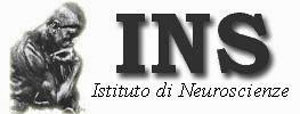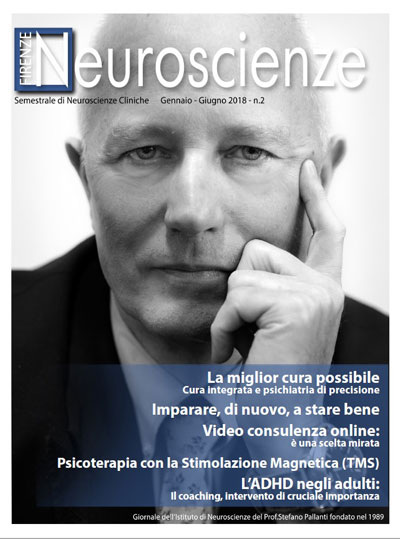Axis I comorbidity in bipolar disorder with psychotic features
Autori
Pini S, Dell’Osso L, Mastrocinque C, Marcacci G, Papasogli A, Vignoli S, Pallanti S, Cassano G.
Pubblicazione
Br J Psychiatry. 1999 Nov;175:467-71.
BACKGROUND: Axis I comorbidities are prevalent among patients with severe bipolar disorder but the clinical and psychopathological implications are not clear. AIMS: To investigate characteristics of four groups of patients categorised as follows: substance abuse only (group 1), substance abuse associated with other Axis I disorders (group 2), non-substance-abuse Axis I comorbidity (group 3), no psychiatric comorbidity (group 4). METHOD: Consecutive patients with bipolar disorder with psychotic features (n = 125) were assessed using the Structured Clinical Interview for DSM-III-R–patient version, and several psychopathological scales. RESULTS: By comparison with group 4, group 1 had a higher risk of having mood-incongruent delusions, group 2 had an earlier age at onset of mood disorder, a more frequent onset with a mixed state and a higher risk of suicide, and group 3 had more severe anxiety and a better awareness of illness. CONCLUSIONS: Substance abuse, non-substance-abuse Axis I comorbidity and their reciprocal association are associated with different characteristics of bipolar disorder.



